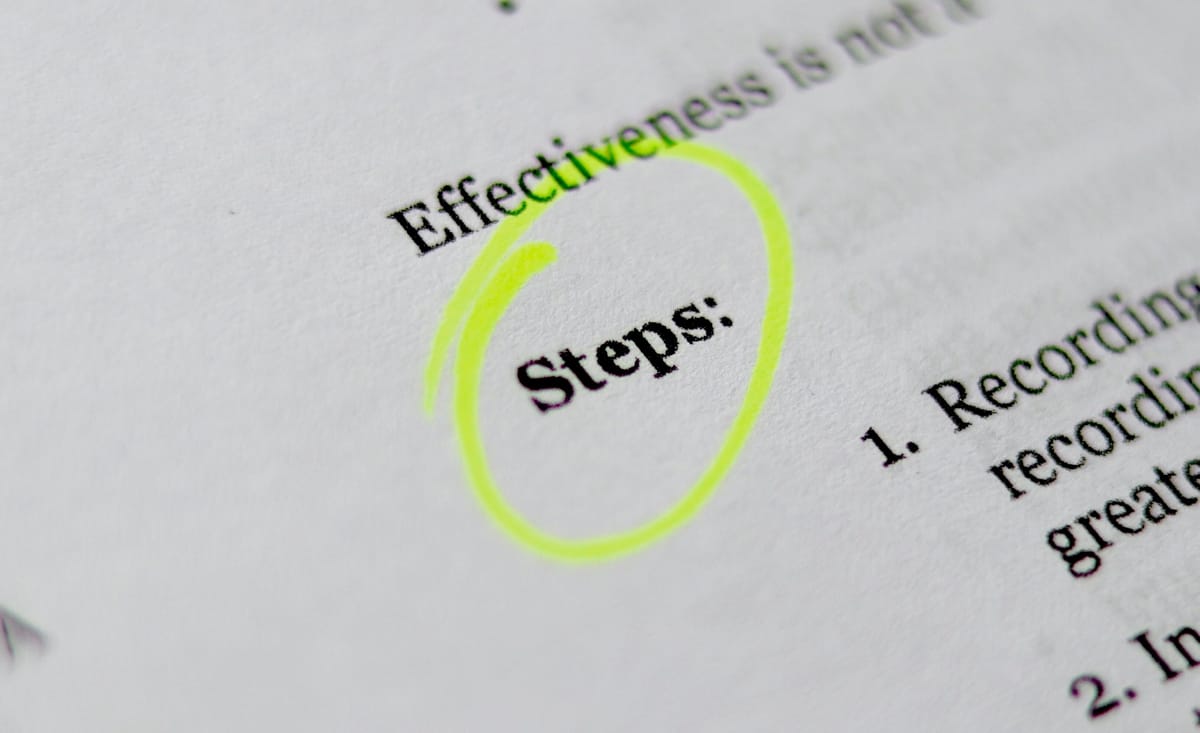Congrats! You crushed your interviews and got the job. Now, how do you ensure that you maximize your first 30, 60, and 90 days when joining as a team member on an existing enablement team?
In this article, I’m going to go through the expectations and milestones you should aim for as a new sales enablement practitioner:
- After 30 days in the role
- After 60 days in the role
- After 90 days in the role
Let’s jump in. 👇
After 30 days
At the end of your first 30 days, you’ll want to have an understanding of your company’s go-to-market (GTM) goals and the enablement team’s goals, systems, tools, and processes.
You’ll also want to understand your product and positioning at a high level, and have met colleagues within your enablement team and broader organization.
To get there, consider focusing on these activities within your first 30 days:
- Understand your role by digging into your responsibilities and how you will be measured. If you were hired to perform a new function within the enablement team, you may also need to better define your role.
- Set objectives for your first 30, 60, and 90 days. (Hint: consider including some of the activities in this article in your plan.)
- Complete your company-wide onboarding to gain a context for the company’s vision, products, goals, and processes.
- Take GTM onboarding training, paying attention to the program’s structure and content, to relate to the field’s experience and learn more about what your company sells, how it is positioned, and the personas you are targeting. (Don’t forget to document potential areas for program improvement as you go!)
- Get to know your team, cross-functional partners, and industry to build your internal network and gain insight into your organization. Leverage your enablement colleagues and revenue leadership to identify the best cross-functional patterns and reps (e.g. top performers, early adopters, easy to work with, or strongly opinionated reps) to chat with.
- Review documentation such as your enablement charter, past business review decks, learning calendar, and resources in your GTM content management system. (Don’t forget to write down open questions to surface with your manager or other stakeholders as you onboard.)
- Enablement Team Leader Callout: If you are joining as a new leader of an existing Enablement function, also consider running a “state of enablement” survey with GTM teams to understand the current state of enablement and perceptions of the team. This can help inform your enablement charter and strategies going forward.
- Shadow internal and customer-facing meetings to learn more about key projects, observe stakeholder interactions, and see how the field is interacting with customers. If you cannot join live calls, use a conversational intelligence solution to watch call recordings.
- Get smart on your product by completing product training, reviewing demo calls, and spending time with your technical customer-facing teams.
- Learn to use your technology (tech) stack early to start executing in your role faster. Consider reviewing videos, completing e-learning, having a team member walk you through your specific instance of the tool, and practicing enablement workflows in the system.

Here are a few tips for a successful introductory conversation:
- Uncover enablement perceptions by asking about their experience working with enablement at your current company compared to previous organizations.
- Always ask about metrics and dashboards to learn how the business is measuring success and where that information is tracked.
- Prepare in advance by doing your research (role, reporting structure, relevant notes from your onboarding documentation) and outlining the questions you want to ask.
- End by asking who else they think you should connect with at your organization to build a list of other names for future conversations.
After 60 days
At the end of your second month, you should have a strong grasp of your product and how it is being sold today. You should also be able to use your tech stack to execute in your role and have met many people across your organization. Additionally, you should have begun executing quick wins.
To get there, consider focusing on these activities within your second 30 days:
- Mature your understanding of your enablement tech stack by executing enablement workflows.
- Share your identified areas for refinement or optimization leveraging the notes you took in your first 30 days with your team.
- Identify and execute quick wins (easy tasks that make an impact) to build initial trust with key stakeholders.
- Set initial and longer goals for your role and work with your manager to outline activities that will help you make progress towards those goals.
- Complete any relevant product certifications or in depth training to solidify your understanding of your product.
- Continue reviewing documentation, getting to know and shadowing others, and learning to use your tech stack.
- Start digging into all the metrics and dashboards you collected in your first 30 days to understand the areas of opportunity within the business and assess the effectiveness of current enablement activities.

After 90 days
At the end of your first 90 days, you should feel fully integrated into the team and ready to take on more responsibilities.
To get there you can:
- Continue building your network, getting more comfortable with your enablement tech stack, sharing your ideas, executing quick wins, and digging into data.
- Focus on taking action. Start owning larger projects, putting everything you’ve learned into practice, and delivering in your responsibilities to make an impact.

Additional focus areas
In addition to the roadmap above, there are also activities that are critical to proper onboarding throughout your first 90 days and should not be bound by a particular time frame.
To set yourself up for success when onboarding, regardless of your time in the role, consider focusing on these activities…
- Be intentional with your time and focus. Build a plan for each day, month, week, and make sure it ladders up to your broader goals.
- Don't hesitate to ask questions whenever you encounter something new or unclear.
- Speak up because you were hired for a reason and the organization wants to hear what YOU think.
- Seek feedback from your team and leaders early and often to refine your approach quickly and avoid any unnecessary escalations.
- Remain flexible and adaptive to changes in priorities or requirements because the only constant in enablement is change.
Finally, don’t forget to celebrate the “small wins.”
Sales enablement can be a thankless job so tracking small wins and milestones, however minor, can help you stay motivated and recognize your progress.
By following this 30-60-90-day roadmap, you’ll uncover numerous small wins to celebrate along the way as you dive into your enablement role!

Join 8,000+ of your sales enablement peers in SEC's Slack group! Idea-share, network, and ask questions in the community.




